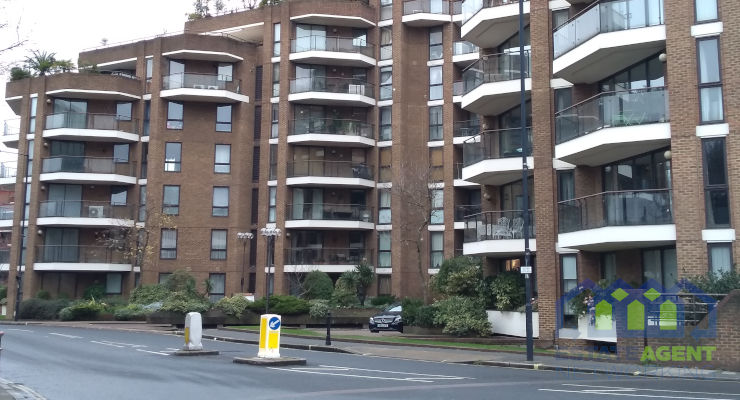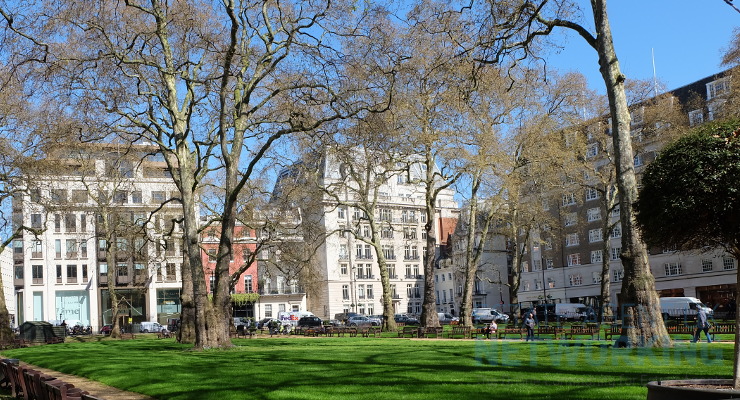How to add value to your BTL property
Whether you’re a seasoned investor or a first-time landlord, increasing the value of your buy-to-let will no doubt be a priority. When it comes to achieving a better rental rate, read on for the essential steps that will keep your property competitive.
Pay attention to the market
There’s little point styling your flat to suit a young family in an area that is more suitable for commuters, and vice versa. You might think that you’re appealing to a niche, but you’ll be missing out on the people with the highest levels of demand that are willing to shell out the most.
Keep everything ship-shape
Stay on top of maintenance work so that you’re not caught off guard by lots of problems when the current contract ends. Encourage the current tenants to report defects so you can address them before they become too severe and keep an eye out for extra jobs that need doing to keep the property in a good condition.
Schedule a professional deep-clean in between tenancies, including carpet cleaning, oven-cleaning – although remember that you can charge tenants for excessive cleaning requirements if the property is in a particularly poor condition when they leave.
Sensible flooring
Replacing carpets as soon as they look worn or stained will give the whole property a facelift (and that fresh, new-carpet smell). The trick with rentals is to invest in a high-quality underlay but settle for a cheaper carpet than you might put in your own home. That way, you won’t feel so pained about replacing it every few years but it will still feel luxurious to the tenants.
Carpet isn’t the only option for rental flooring, either. Have a look at your options and consider the type of tenant you’re marketing the home to.
Check the kitchen and bathroom
Kitchens and bathrooms can easily become a selling point in a rental property, even when the rest of the rooms are basic. Spend time sprucing up these areas with fresh, clean fixtures and modern décor. It shouldn’t require a lot of work to boost the value of your rental based on these two rooms alone.
For example, making sure that the kitchen and bathrooms are getting as much light as possible by stripping out bulky window dressings, and painting them a bright, neutral colour. In terms of investments, make sure you install a decent shower unit in the bathroom and see about getting a dishwasher installed in the kitchen – both of these things will significantly boost the appeal of a property aimed at young professionals).
Look outside
Does your property have outside space? How well is it suited to the sort of people interested in renting it? Students and young professionals probably won’t have time to maintain a lawn, but families will appreciate even a basic rectangle of grass. Whether there’s a patio, flowerbeds, a shed or just turf, make sure that it’s clean and safe – take out weeds, nettles and brambles and fill in any holes.
Make sure it stipulates in the lease who is responsible for garden maintenance and always give the space a once-over in between occupants.
Keep an eye on its energy efficiency
As of April 2018, it’s a requirement for landlords to make the EPC (that’s the Energy Performance Certificate) of their property available for prospective tenants to see. If you can prove that your property is going to help its tenants to keep their bills down, they’ll be more tempted to pay a higher price.
Once you’ve got the current certificate, have a look at the ‘recommendations’ section to see if there are improvements that could substantially improve the building’s rating. Insulation and double-glazing might seem like a major expense, but they will attract a higher rental price than a cold, draughty property.
Pay attention to the numbers
If you’re planning non-essential major works to the property – like a complete renovation or structural work – calculate the cost-benefit before you start. If it’s going to take lots of hours of labour or a substantial amount of money, work out how long it will take to financially recoup that investment. Factor in the length of down-time where the property won’t be generating any income, and ask yourself again: is it going to be worth it?









